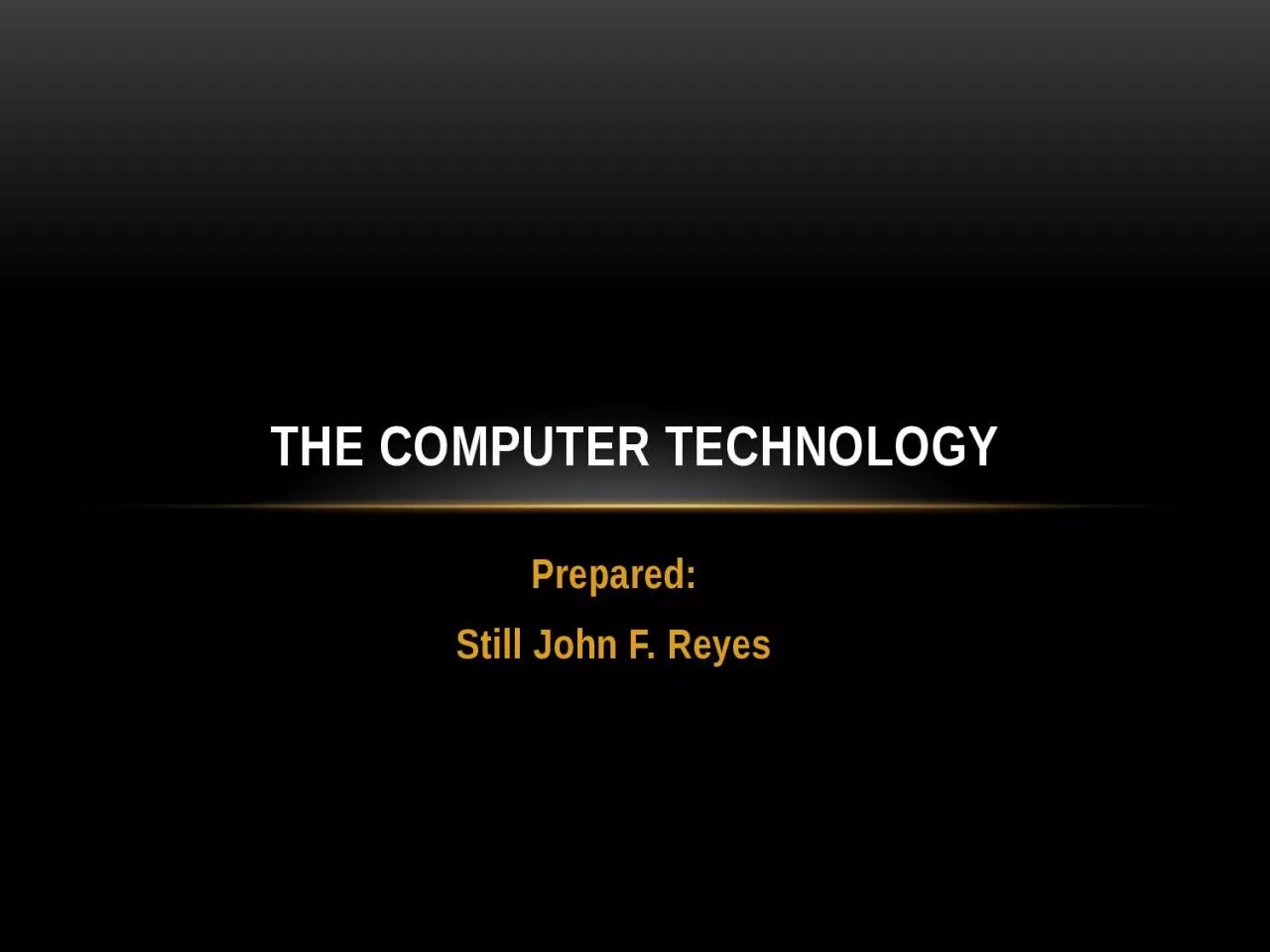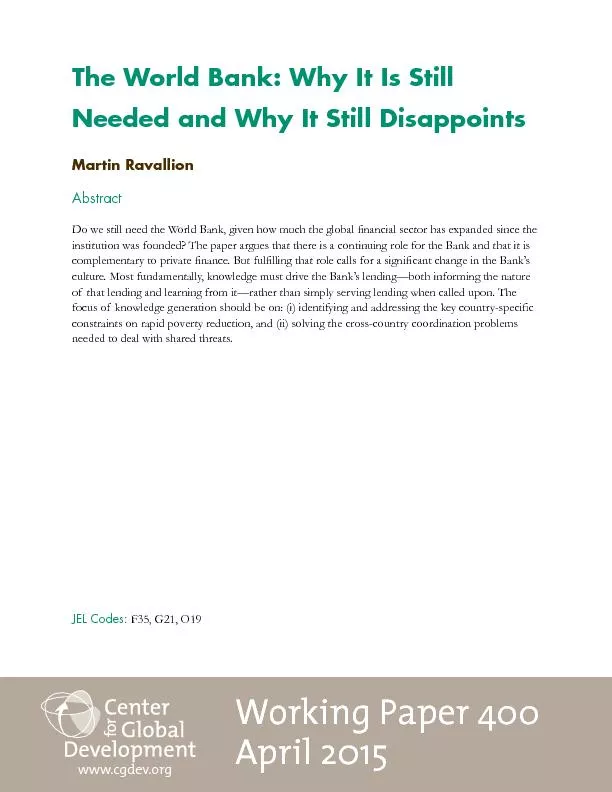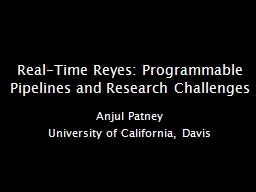PPT-Prepared: Still John F. Reyes
Author : taylor | Published Date : 2023-06-24
The computer technology Class activity Directions Share in class your first exposure to a computer Answer the following guide questions Class activity Guide Questions
Presentation Embed Code
Download Presentation
Download Presentation The PPT/PDF document "Prepared: Still John F. Reyes" is the property of its rightful owner. Permission is granted to download and print the materials on this website for personal, non-commercial use only, and to display it on your personal computer provided you do not modify the materials and that you retain all copyright notices contained in the materials. By downloading content from our website, you accept the terms of this agreement.
Prepared: Still John F. Reyes: Transcript
Download Rules Of Document
"Prepared: Still John F. Reyes"The content belongs to its owner. You may download and print it for personal use, without modification, and keep all copyright notices. By downloading, you agree to these terms.
Related Documents














